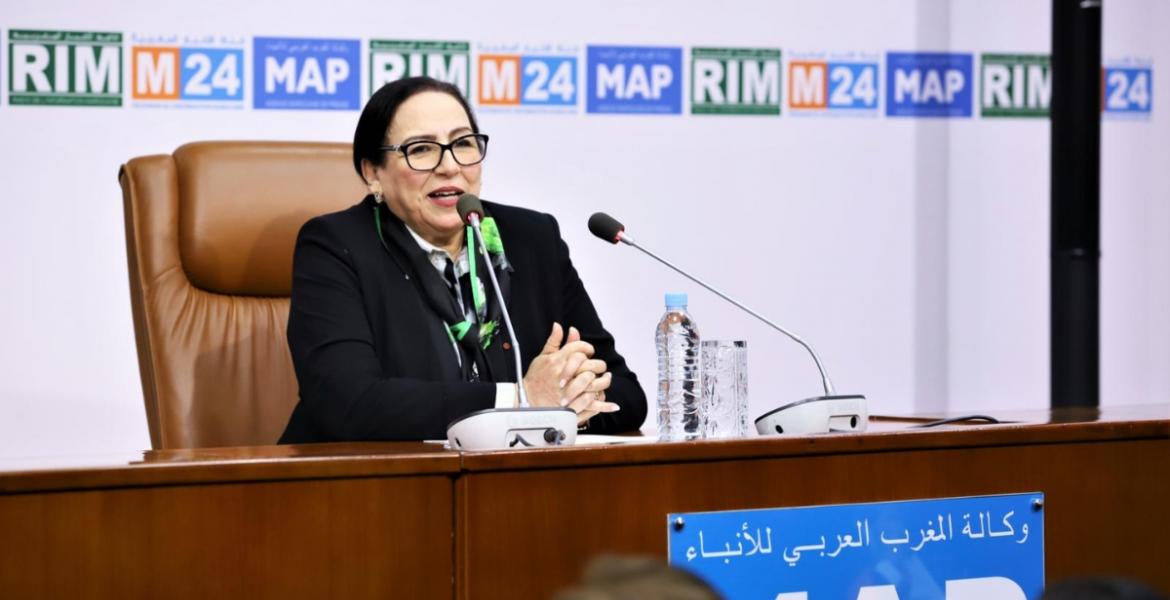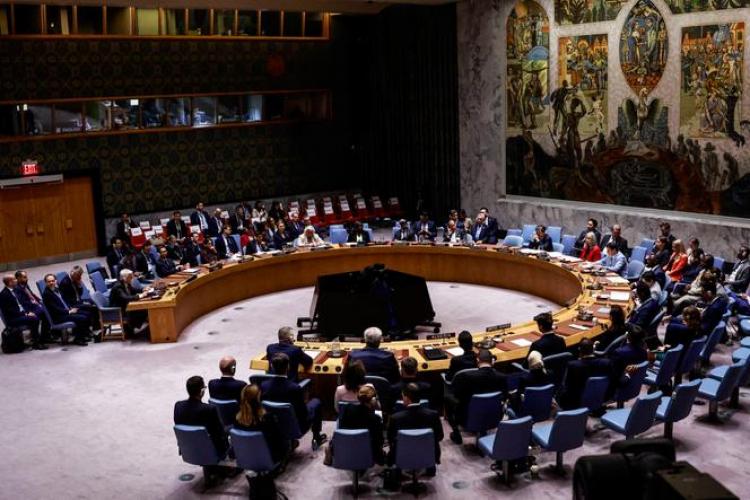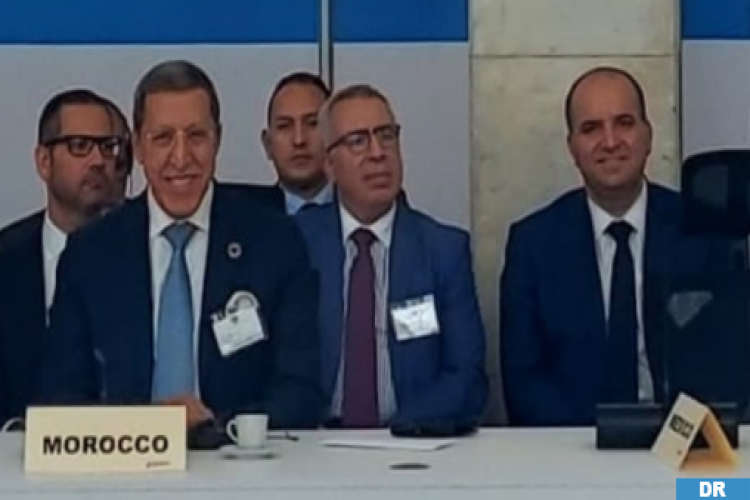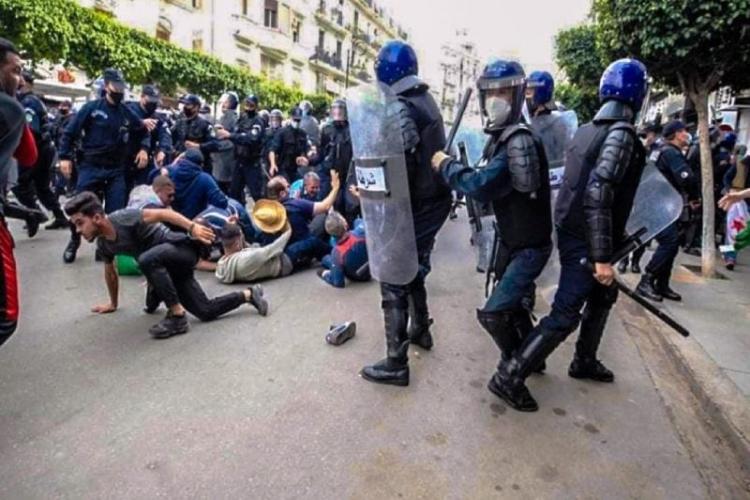When French archives show that the "Eastern Sahara" is historically Moroccan.
Director of Moroccan Archives, Mrs. Bahija Simou, with supporting documents, reiterated the Moroccanness of the Sahara, both southern and "eastern", during a conference held on February 22, 2023, in Rabat. In the next articles, I will focus on the "eastern Sahara" only, meaning the Moroccan regions that are currently attached to Algeria.
Regarding this vast region called the "Sahara oriental," French archives show how France, in order to expand Algeria, which was then a French department, territorially amputated Morocco. What is most remarkable about the matter is that, stubbornly refusing to face history, the "Algerian system" shows itself to be the most faithful heir to the "French colonialism" to which it owes so much, but which it nevertheless continues to denounce. A paradox that deserves to be highlighted...
Let the French archives speak:
1- In 1924, the question of sovereignty over Touat, a territory located east of Tindouf, opposed the French administration of the Protectorate to the Governor-General of Algeria. From Rabat, Marshal Lyautey then addressed the French government with two long notes concerning the historical borders of Morocco. They shed an important light on the issue.
In a note dated February 4, 1924, the services of the Resident of France wrote:
"It is not doubtful that at that time (before the Protectorate), the Cherifian Empire clearly extended its influence south of Algeria, and it cut it off from the proper Sahara: the Saharan oases of Touat, Gourara, and Tidikelt had been under the Sultan of Morocco for several centuries. The authority of Sultan Moulay Hassan was restored there in 1892, and Moroccan governors remained there until the French occupation of In-Salah (1902), which provoked protests from the Makhzen (...). In 1917, General Gouraud, who was then the General Resident Commissioner on an interim basis*, even requested the return of Colomb Béchar to Morocco."
Four days later, in a note dated February 8, 1924, addressed to the President of the Council (the French Prime Minister), Marshal Lyautey, the General Resident in Morocco, wrote:
"I believe that Morocco has a common border with French West Africa in the Sahara (...). I can only draw the attention of Your Excellency to the importance of the question regarding Morocco, whose integrity France has solemnly guaranteed, a commitment that it has recalled during recent negotiations. Moreover, without the need to insist further on this point, the history of Moroccan dynasties suffices to demonstrate that the Sultans have always exercised a spiritual and sometimes effective, undisputed action on this part of the continent."
2- For Marshal Lyautey, there was no doubt that Tindouf belonged to Morocco. The Moroccan administration was indeed present in the Tindouf valley, which depended on the khalifa of Tafilalet, and its caids were appointed by a decree of the Sultan of Morocco. The Moroccan archives contain numerous administrative documents confirming this reality.
The first settlement of Tindouf (Tama-n-Douf in Tamazight), or Tendefes, is known from El Bekri and the Tarikh-el-Fettach. Pillaged, ravaged, and finally destroyed by successive rezzous by the Tuaregs, Berabers, and Rguibat, it disappeared for two centuries, but its water points continued to be frequented by trans-Saharan caravans. The new city of Tindouf was founded in 1852 or 1857 by Mrabet Ould Belamech, leader of the Tadjakant tribe, which had pledged allegiance to the Sultan of Morocco.
In 1934, France occupied Tindouf, which was initially included in the military zone under the French command in Morocco before being placed under the authority of the Governor-General of Algeria. But at no time was the region's Moroccan identity called into question.
In 1956, at the time of Morocco's independence, Tindouf was administratively attached to the Agadir region. In July 1962, when it granted independence to Algeria, France was militarily present in Tindouf, from which it withdrew in October, leaving the Algerian National Liberation Army (ALN) to settle there. This is how Moroccan Tindouf became Algerian.
However, in July, the tribes of the Tindouf region, mainly the Tajakant and Rguibat, had pledged allegiance to the King of Morocco. At the beginning of October, when the Algerian army occupied Tindouf, it forcibly expelled representatives of Morocco who had refused to withdraw. This takeover resulted in many casualties.
*Lyautey was then Minister of War in Paris.
By Bernard Lugan









